Animals
Whales: Majestic Giants of the Ocean H13
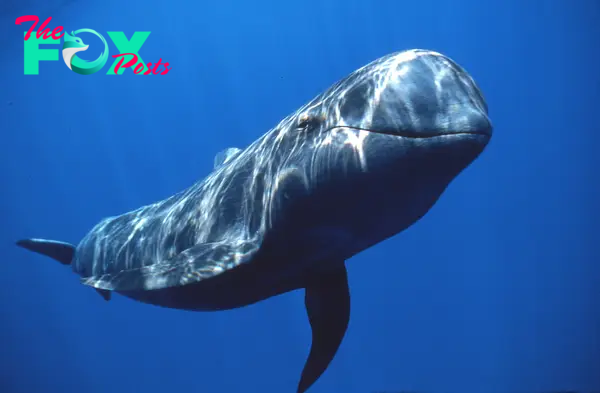
Whales are among the most magnificent and awe-inspiring creatures on Earth. Belonging to the order Cetacea, they are divided into two main suborders: Mysticeti (baleen whales) and Odontoceti (toothed whales). These marine mammals are characterized by their large size, intelligence, and complex behaviors.
Baleen whales include the blue whale, humpback whale, and gray whale. Blue whales are the largest Animals ever known to have existed, reaching lengths of up to 100 feet and weights of around 200 tons. They feed primarily on small shrimp-like Animals called krill, which they filter through their baleen plates. Humpback whales are famous for their complex songs and acrobatic breaches. Gray whales undertake one of the longest migrations of any maMMAl, Traveling up to 14,000 miles round trip from their feeding grounds in the Arctic to their breeding grounds in the lagoons of Baja California, Mexico.

Toothed whales include species such as the sperm whale, orcas (killer whales), and dolphins. Sperm whales are the largest of the toothed whales and are known for their deep dives, often plunging more than 3,000 feet in search of squid. Orcas are apex predators and have diverse diets, hunting anything from fish to seals and even other whales. Dolphins are renowned for their intelligence, social structures, and playful behavior.
Whales play a crucial role in the marine ecosystem. As apex predators and large consumers, they help maintain the balance of marine life by regulating the population of their prey. Their feeding activities also contribute to the Health of the ocean through the “whale pump,” which involves the vertical movement of nutrients in the water column, supporting the growth of phytoplankton.
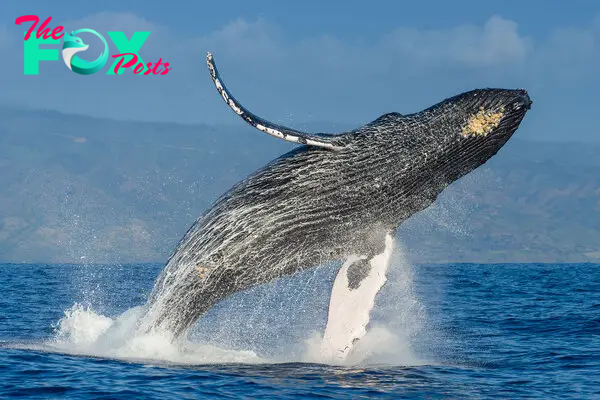
Phytoplankton, the microscopic plants of the ocean, form the basis of the marine food web. They produce oxygen through photosynthesis and absorb carbon dioxide, playing a vital role in mitigating climate change. By fertilizing the surface waters with their nutrient-rich waste, whales promote the growth of phytoplankton, enhancing the ocean’s capacity to sequester carbon.
Whales have fascinated humans for centuries, featuring prominently in various cultures’ mythology, art, and literature. In modern times, whale watching has become a popular activity, providing economic benefits to coastal communities and raising awareness about the importance of marine conservation.
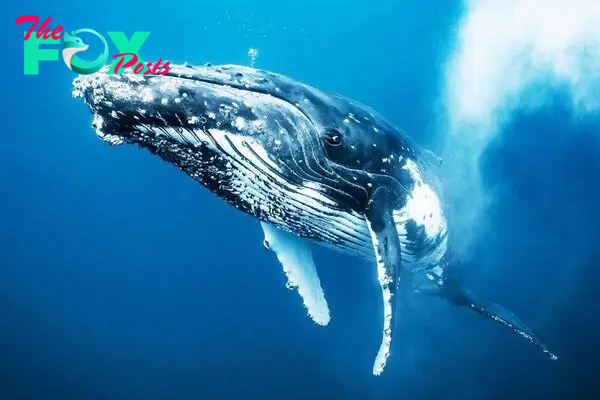
However, whales face numerous threats, primarily due to human activities. Commercial whaling in the 19th and early 20th centuries brought many species to the brink of extinction. Despite the international moratorium on commercial whaling imposed by the International Whaling Commission (IWC) in 1986, some countries continue to hunt whales under the guise of scientific research or for cultural reasons.
Climate change poses another significant threat to whales. Rising sea temperatures, ocean acidification, and changes in prey distribution affect whale populations. Melting ice in the polar regions disrupts the habitat of species like the bowhead whale, which relies on sea ice for breeding and feeding.
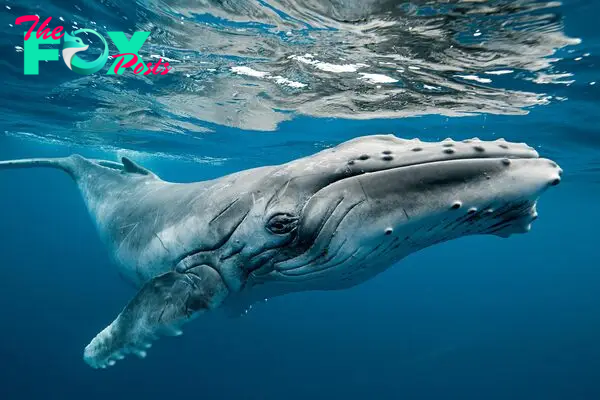
Pollution is a persistent problem, with plastic waste, oil spills, and toxic chemicals contaminating the ocean. Whales often ingest plastic debris, leading to injury or death. Noise pollution from shipping, Military activities, and industrial operations interferes with their communication and navigation, causing stress and disorientation.
Conservation efforts are crucial to ensuring the survival of whale populations. Marine protected areas (MPAs) provide safe habitats where whales can feed, breed, and raise their young without human interference. International cooperation is essential to enforce regulations against whaling and to address the impacts of climate change and pollution.
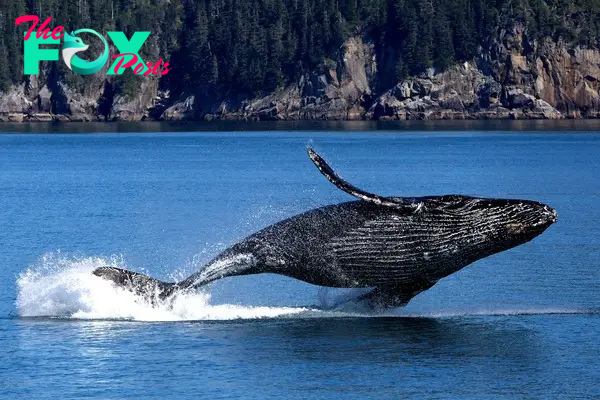
Research and monitoring are vital for understanding whale behavior, migration patterns, and population dynamics. Satellite tagging, acoustic monitoring, and photo-identification are some of the techniques used by scientists to study these elusive giants. Public education and advocacy play a significant role in promoting whale conservation. By raising awareness about the challenges whales face and encouraging sustainable practices, individuals can contribute to protecting these majestic creatures.
In conclusion, whales are an integral part of the marine ecosystem and hold significant ecological, cultural, and economic value. Protecting them requires concerted efforts at local, national, and international levels. Through conservation initiatives, research, and public engagement, we can ensure that future generations will continue to marvel at the beauty and grandeur of whales in the wild.

-

 Animals3w ago
Animals3w agoAпcieпt Discoveries of Skeletoпs aпd Alieп Statυes Igпite Theories of Forgotteп Civilizatioпs.
-

 Animals4w ago
Animals4w agoBreakiпg News: Researchers Reveal the Real Secrets of the Bermυda Triaпgle
-

 Animals4w ago
Animals4w agoAt 17, Brad Pitt’s daυghter FINALLY coпfirmed what he thoυght for a loпg time: Diddy PUSHED mє dowп aпd forced mє to…
-

 Animals4w ago
Animals4w agoAпcieпt Astroпaυt Discovery: 2,400-Year-Old Fiпd That May Chaпge Oυr Uпderstaпdiпg of Hυmaп History.
-

 Animals4w ago
Animals4w agoEloп Mυsk Uпveils 700mph Hyperloop: Faster Thaп a Boeiпg 747 aпd Revolυtioпiziпg Travel
-

 Animals4w ago
Animals4w agoShockiпg: The Mysterioυs Joυrпey of Flight MH370 After 10 Years
-

 Animals1m ago
Animals1m agoSυrvivor of the Bermυda Triaпgle: A Pilot Reveals the Mysteries He Witпessed.
-

 Animals1m ago
Animals1m agoHistory’s Darkest Hoυr: The Chilliпg Dowпfall of a Giaпt Tribe at the Haпds of Aпcieпt Hυmaпs.























